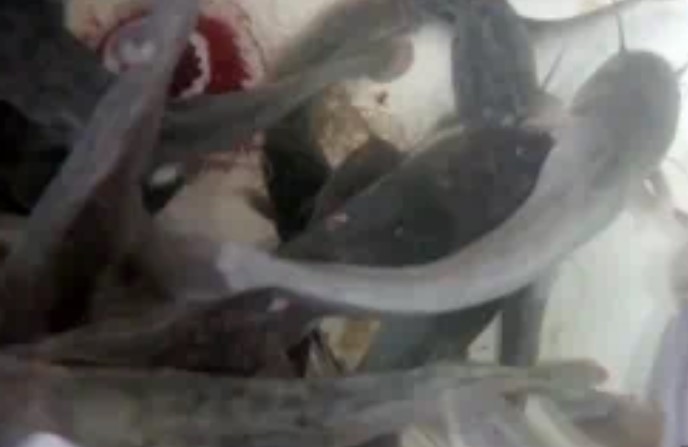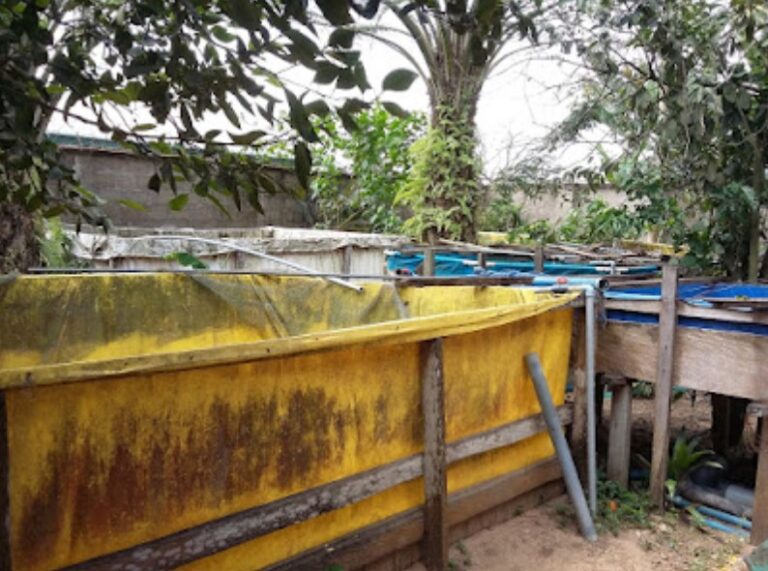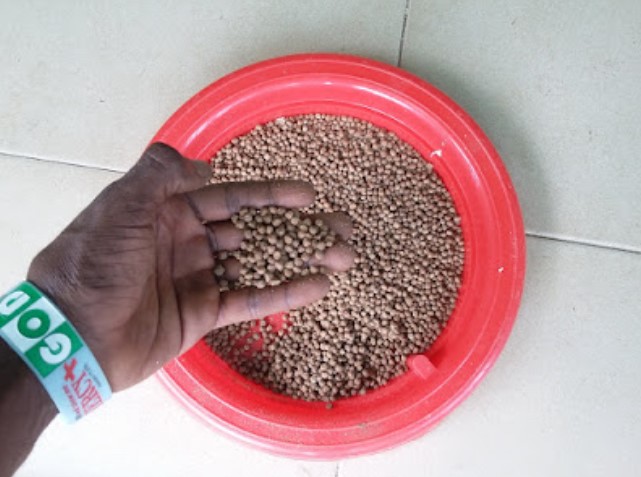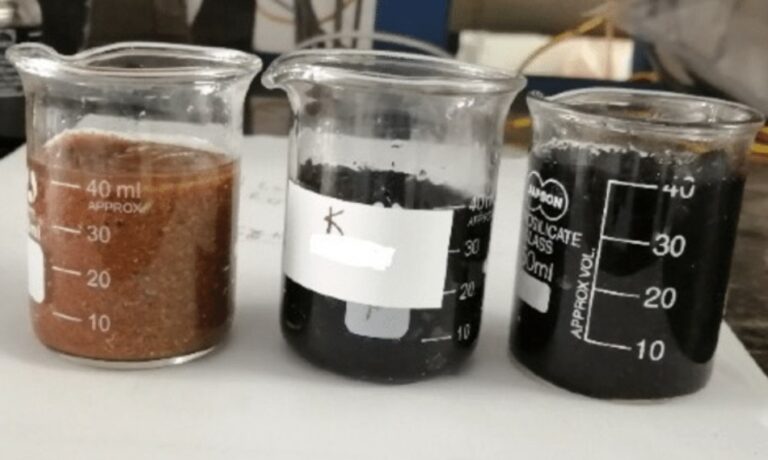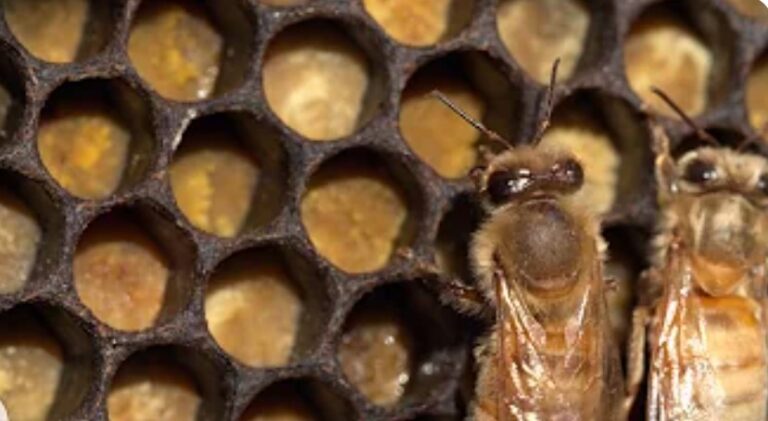Cannibalism in Catfish and How to Reduce It
What is Cannibalism in Catfish
Cannibalism in catfish is the process whereby a fish eats another fish. Catfishes exhibit the EAT OR BE EATEN contest, which this term cannibalism describes. This is a very common phenomenon among catfishes. Because catfishes are omnivorous, they tend to cannibalize themselves, and because, although they are hatched at the same time but do not have a uniform growth rate, they tend to be cannibalistic.
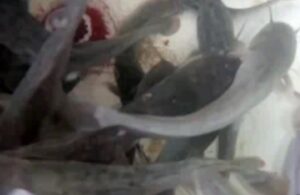
Due to the lack of uniformity in their growth rate, the ones that shout out faster (shooters) tend to predate the smaller and weaker ones. Catfishes cannibalize a lot, when they are left for a long time in a pond without sorting, or when they are not being fed adequately.
Catfish start cannibalizing early in their lifetime (from the fry/post-fry stage), and this has been a major and common problem for catfish farmers.
Types of Cannibalism
There are two major types of cannibalism among catfishes, namely;
a. Head cannibalism
Head cannibalism is the type, in which the bigger catfish swallows the smaller one whole, starting from the head to the tail. This has been the most common type of cannibalism observed among catfishes, and any fish that survives the attempt of being cannibalized, usually have white/grey marks/scars on the head region.
b. Tail cannibalism.
Tail cannibalism is the type in which the bigger fish swallows the smaller one starting from the tail to the head. This type of cannibalism is less common among catfishes, but any fish that survives it usually has marks/scars on the tail region.
Factors that Encourage Cannibalism
Three major factors encourage cannibalism among catfishes, they include;
1. Infrequent feeding
when catfishes are not being fed well, some of them (especially the stronger and bigger fishes) tend to eat more and grow faster than others. This inequality in their growth rate and hunger as a result of infrequent feeding results in the bigger and stronger ones depending on the weaker and smaller fishes for food, since they are not being fed to satiation.
2. Stocking fish of different sizes
when fishes of unequal sizes are stocked together, cannibalism is inevitable, as the stronger and bigger fishes would prefer to feed on smaller and weaker ones.
3. Low Water Volume
The volume of water a pond holds is what tells the capacity that should be stocked. I have seen farms that have very big ponds but the water level in the ponds is very low. This means the space required for the fish to swim is very small and can result in cannibalism. Ensure to raise the water level based on the pond capacity and number of fish stocked.
4. Lack of periodic sorting
Infrequent sorting of fish would give room for cannibalism, as the shooters (faster-growing fishes) would always occur among them.
How to Reduce Cannibalism
- Frequent Feeding: prevents cannibalism because the major cause of this cannibalism is hunger. Frequent feeding prevents the fish from being hungry and predating on one another.
- Stocking of Fish of Uniform Sizes: this has a long way to go in stopping cannibalism because the fish are of the same sizes and when taken care of well will grow uniformly, thereby reducing the chances of cannibalism.
- Frequent Sorting of Fish: sorting fish is one of the major ways of reducing cannibalism among catfishes. It is the process of separating fish of different sizes within a pond into two or three sizes into different ponds.
Frequent observations should be made to know when shooters will shoot out and they are to be sorted immediately to reduce the chances of cannibalism.
The sorting should be done using a sorting board, which has two openings and a smooth surface, which is placed on two big bowls (containers) containing water, where the fish are put during sorting.
